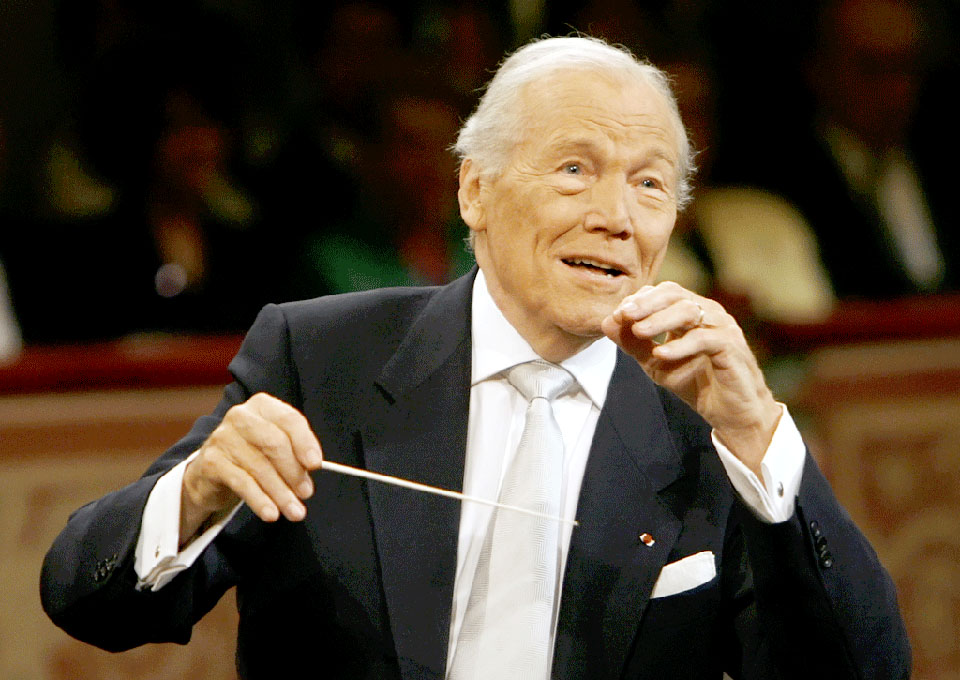
One of the features that distinguishes Western classical music from many other genres is its frequent use of different levels of loudness. During the early Middle Ages, the loudest musical sound was the human voice, although medieval wind instruments were probably more penetrating. Twenty voices combined create more volume than one voice (though paradoxically, not twenty times louder). In early choral music, contrast in loudness was usually created by using different numbers of voices. Musical instruments were quieter than their modern counterparts and had a smaller dynamic range. The clavichord for example, a keyboard instrument popular from the 16th to the 18th century could only play quietly, regardless of how vigorously you thumped the keys.
Dynamics is the technical word to indicate degrees of loudness. If you recall from high-school science, sound volume is measured in decibels. A hair-dryer is about 90 dB, an ambulance siren is about 120dB and a jet engine at take-off is about 140 dB. This level is considered the threshold of pain, though some people (like me, for example) find lower levels physically uncomfortable too. Of course, as you move away from the source of the sound, the intensity decreases. To be precise, it decreases by the inverse square of the distance you are from the sound source.
Musical dynamics are far less precise and they’re relative rather than absolute. For example, a “loud” note played on a lute is quieter than a “soft” note played on a tuba. The first composer to indicate dynamic change in his music was the Renaissance composer, Giovanni Gabrieli. By the late 18th century many more composers began to specify dynamics. Italian terms were used (and still are) because Italian had become the standard language in printed music. Many words are used to indicate loudness and the “kind” of loudness, but two basic terms are piano (meaning “quiet) and forte (meaning “strong or loud”). They are always abbreviated to p and f respectively and were gradually extended to pp (pianissimo) and ff (fortissimo) the meanings of which must be obvious. Between them are mp (mezzo piano) and mf (mezzo forte). During the 18th century, most composers got by with these six dynamic levels. In printed music, dynamics invariably appear in lower case and bold italic type. By the late 19th century, when instruments were more powerful and orchestras larger, composers began to use more extreme dynamics. In the orchestral scores of Tchaikovsky for example, it is not unusual to see fff and even ffff. At the opposite end of the dynamic range, the instructions ppp and pppp began to appear in scores.
The concept of a gradual increase in volume did not clearly emerge until the 18th century. It’s known as a crescendo and comes from the Italian word, crescere meaning “to grow.” It became popular in the late 18th century Mannheim School which included several composers based around the Court Orchestra of Duke Karl Theodor in Mannheim. They were encouraged to experiment with many novel orchestral effects. In printed music, crescendos are usually indicated with the abbreviation cresc, while the opposite effect is a diminuendo (dim.). Sometimes a sign like alligator jaws (known as a “hairpin”) is used instead.
A crescendo can last a few seconds or can be drawn out over a much longer period. The “long crescendo” probably began at Mannheim but many years later, Rossini famously wrote exciting long crescendos to bring more drama to his opera overtures. The long crescendo is one of the most exhilarating effects in orchestral music.
Maurice Ravel (1875-1937): Bolero. Vienna Philharmonic Orchestra cond. Gustavo Dudamel. (Duration: 17:22; Video: 720p)
This is a perfect example of the long crescendo in which the music begins extremely quietly and gradually cranks up the volume. Ravel completed this work for large orchestra in 1928. It was a sensational success when it premiered at the Paris Opéra in November that year and it has since become Ravel’s most famous composition. Not only does the music become louder, but as more instruments are added, the texture becomes richer and denser. The work uses two contrasting melodies which are passed around the orchestra. Underlying the entire piece is an unchanging two-bar rhythm, played 169 times on one or more snare drums. Despite the repetition, the music is tremendously engaging largely due to Ravel’s brilliant orchestration. Watch out for some instruments rarely seen in the symphony orchestra including the tenor and soprano saxophones.
Ottorino Respighi (1879-1936): The Pines of the Appian Way. Stuttgart Radio Symphony Orchestra cond. Georges Prêtre (Duration: 05:40; Video: 240p)
This is another superb example of a long crescendo and taking the movement out of context is perhaps justified in this case. The Pines of Rome is an orchestral tone poem in four movements which Respighi completed in 1924. In the final movement, The Pines of the Appian Way, he paints a musical picture recalling the glories of the Roman Empire, in which returning soldiers march into Rome along the city’s Appian Way. The music is remarkably visual, first depicting the triumphant legion in the far distance then using a long and dramatic crescendo bringing them close and closer to the listener. This is a thrilling performance especially after 03:20 when the heroic melody emerges from the orchestra. Unless you have a heart of stone, it should bring your tears of joy and elation.






